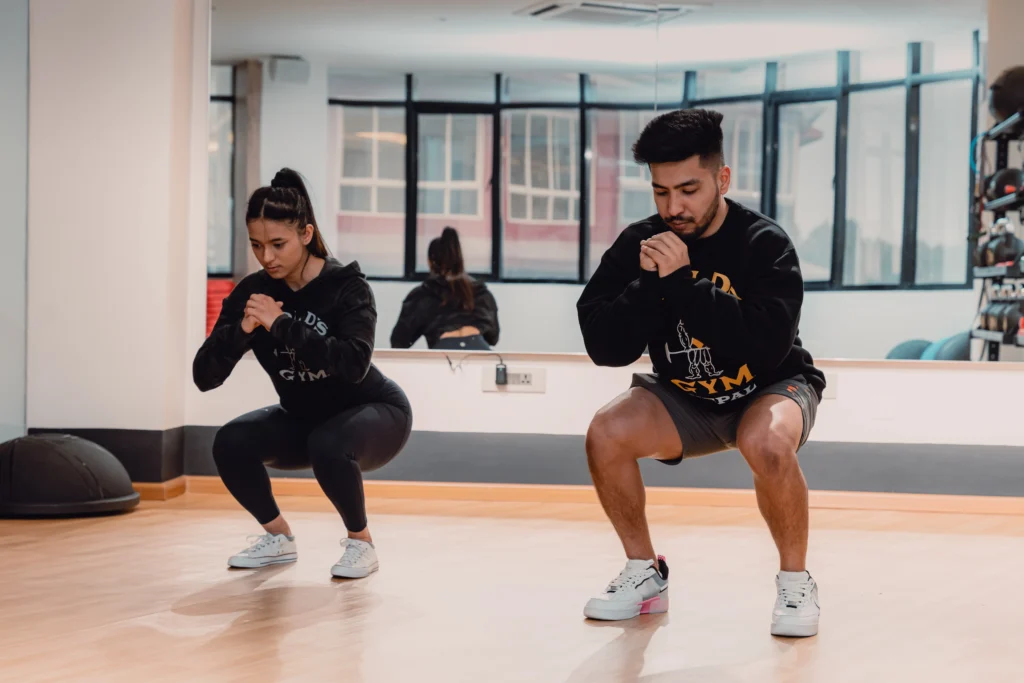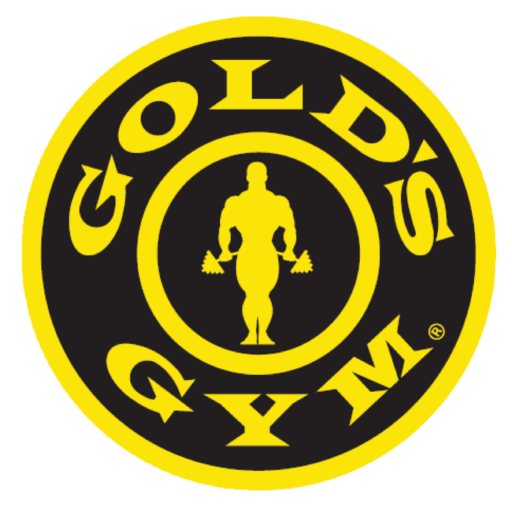Let’s be real—stretching isn’t always at the top of your fitness to-do list, right? When we think of workouts, the mind often jumps straight to lifting weights, running, or maybe some intense HIIT sessions—but stretching? It tends to get pushed aside.
Stretching before and after a workout could transform your entire workout experience. However, many individuals make the common mistake of skipping stretching altogether in their workout routine, which leads to injuries. In this article, we’ll explore the benefits of stretching, why dynamic moves matter, and reveal the best stretches before and after a workout to enhance flexibility and recovery.
Why does stretching matter?
Stretching for a workout is the foundation of a successful fitness routine. Here’s why warm-up exercises matter:
- Prepares Your Body for Movement: Stretching activates your muscles and joints, priming them for exercise.
- Improves Flexibility: Regular stretching increases your range of motion, making physical activities easier.
- Prevents Injury: Stretching reduces the risk of muscle strains and joint injuries during workouts.
- Reduces Muscle Soreness: Post-workout stretching helps to prevent muscle tightness, leading to quicker recovery times.
The Science Behind It
As per the National Library of Medicine’s research shows that stretching before and after workouts positively affects physical performance and recovery. Dynamic stretching warms the muscles, while static stretching post-workout helps restore muscle length and prevent stiffness.
Different types of stretching
Not all stretches are created equal. Each type of stretch serves a different purpose and can be incorporated into various parts of your workout. Understanding them properly can help you maximize their benefits.
- Active Stretching: In active stretching, you use the strength of your muscles to hold a stretch without external help. It’s often used in yoga and Pilates. This type of stretching helps increase muscle control and balance.
- Dynamic Stretching: This involves moving parts of your body through a full range of motion in a controlled manner. Think leg swings or arm circles. Dynamic stretches are great before workouts to warm up the body and get the blood flowing.
- Passive Stretching: In passive stretching, you use an external force, such as a partner or a piece of equipment, to hold a stretch. This helps you stretch beyond your normal range of motion and is often used post-workout.
- Static Stretching: Here, you stretch a muscle and hold the position for 15-60 seconds without movement. Static stretching is perfect after your workout to promote muscle recovery and increase flexibility.
Benefits of Stretching Before a Workout
- Stretching before a workout is important for getting your body ready to move. Experts recommend dynamic stretches before a workout. Here’s why it matters:
- Increases Flexibility and Range of Motion: Dynamic stretching before a workout can enhance your flexibility, helping you perform exercises with a full range of motion. This is essential for maintaining good form and avoiding injury.
- Boosts Blood Flow and Oxygenation: Stretching helps increase blood flow to the muscles, which improves oxygen delivery. This can enhance your performance and reduce muscle fatigue.
- Prepares Your Body Mentally and Physically: Stretching not only preps your muscles but also gets your mind focused. It acts as a mental cue that you’re about to work out, helping you enter the right mindset.
- Reduces Risk of Injury: By warming up your muscles and improving their elasticity, dynamic stretching helps prevent strains, sprains, and tears that can occur when muscles are cold and stiff.
The Best Stretches for Pre-Workout
Some dynamic stretches that are perfect for warming up before your workout:
- Leg Swings: Swing one leg forward and backward, gradually increasing range.
- Walking Lunges: Step forward into a lunge position, alternating legs.
- Arm Circles: Circle your arms forward and backward to warm up your shoulders.
- High Knees: Jog in place while lifting your knees to waist height.
Benefits of Stretching After Workouts
Once you’ve completed your workout, it’s time to focus on recovery. Post-workout stretching—especially static stretching—helps your body cool down and supports long-term gains.
- Helps in Muscle Recovery: Stretching post-workout aids in muscle recovery by promoting blood flow to fatigued muscles, which helps flush out lactic acid and reduce soreness.
- Improves Long-Term Flexibility: Regular static stretching after workouts increases your overall flexibility over time, which helps with everything from athletic performance to daily activities like bending and reaching.
- Reduces Muscle Soreness: Stretching after exercise can alleviate delayed onset muscle soreness (DOMS), which typically kicks in 24-48 hours after an intense workout.
- Enhances Relaxation: Stretching is a great way to end a workout. It signals to your body that it’s time to transition into recovery mode, helping you relax both physically and mentally.
The Best Stretches for Post Workout
Here are some static stretches to incorporate into your cool-down routine:
- Hamstring Stretch: Sit on the floor with one leg extended, reach forward, and hold the position to stretch your hamstrings.
- Quad Stretch: Stand on one leg, pull the other foot towards your glutes, and hold to stretch your quadriceps.
- Shoulder Stretch: Extend one arm across your body and use the opposite hand to hold it in place, stretching your shoulder muscles.
- Triceps Stretch: Raise one arm overhead, bend at the elbow, and use the opposite hand to push the elbow back gently.
How Often Should I Stretch?
Stretching doesn’t need to be complicated .As per the ACSM’s guidelines for stretching and flexibility A good rule of thumb is to aim for 5-10 minutes of dynamic stretching before your workout and 5-10 minutes of static stretching afterward. You can also incorporate stretching or yoga sessions on your rest days to further improve flexibility and aid in muscle recovery.
Common Mistakes to Avoid When Stretching
While stretching is essential, doing it wrong can lead to inefficiency or even injury. Watch out for these common mistakes:
- Skipping the Warm-Up: Always warm up before stretching to avoid injury.
- Overstretching: Stretch to a point of mild discomfort, not pain.
- Rushing Through It: Take your time to hold each stretch and focus on your breathing.
Ready to add stretching to our workout routine?
Incorporating stretching into every workout is essential for improving performance, reducing injury risk, and promoting long-term physical and mental well-being. Make stretching a non-negotiable part of your routine, and you’ll see improvements in flexibility, recovery, and overall fitness.
Visit Gold Gym Nepal to learn more about fitness plans that prioritize your well-being from warm-up to cool-down from our trainers.
Join Now!
FAQs
What is the best time to stretch?
Stretch before workouts to warm up your muscles and after to aid recovery.
How long should I hold each stretch?
For dynamic stretching, aim for 30 seconds; for static stretching, hold each pose for 15-60 seconds.
Can I skip stretching if I’m short on time?
Skipping stretching can increase your risk of injury and reduce workout efficiency, so it’s best to make time for it.
What are some popular dynamic stretching exercises?
Popular dynamic stretching exercises include leg swings, walking lunges, and high knees.
Can I stretch every day, even on rest days?
Absolutely! Stretching on rest days, especially static or yoga-based stretches, can help improve flexibility, reduce muscle tension, and promote relaxation, contributing to overall recovery and fitness.



